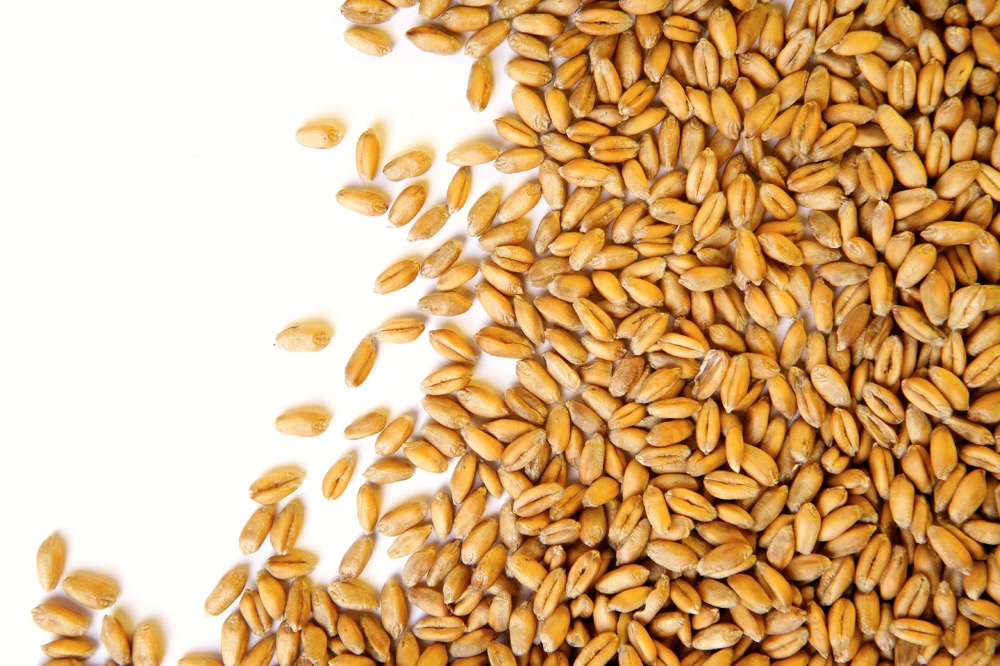* Warm November to help Russia’s winter grains – SovEcon
* Says some farmers hold crops due to the falling rouble
* SovEcon sees Nov. grain exports at 3.0-3.2 mln T
Paris/Moscow / Reuters – Warm weather last week did not eliminate risks for Russia’s fragile winter grain plantings, said a Moscow-based agriculture consultancy SovEcon, warning of a potential export decline next year from one of the world’s key supplies.
An early cold spell this autumn has weakened winter grain crops in Russia, expected to be the world’s third largest wheat exporter in the 2014/15 marketing year after the European Union and United States.
Read Also

IGC raises 2025/26 world wheat crop forecast
The International Grains Council has raised its forecast for 2025/26 global wheat production with crop outlooks upgraded for Russia, the United States and Argentina.
“Despite warm weather last week crops still remain depressed,” Andrey Sizov Jr., managing director of SovEcon, told the Thomson Reuters online Global Ags Forum on Thursday. “We expect high winterkill and lower yields than the average level of recent years.”
Relatively warm weather forecast for November is likely to help plantings, first of all in Russia’s South, he added. Farmers have already sown 99.5 percent of the planned area – 16.4 million hectares, up from 14.5 million hectares at the same date a year ago.
According to SovEcon’s own estimate, the country’s 2015 grain crop could fall to less than 90 million tonnes, including less than 50 million tonnes of wheat. This year the country has harvested 108.3 million tonnes of grain before drying and cleaning.
With a wheat crop of about 50 million tonnes, the country’s exports could fall to between 16 and 18 million tonnes in the 2015/16 marketing year, which starts on July 1, from 23 million tonnes forecast this year, he added.
The fall in the rouble, which has lost about a quarter of its value against the dollar this year due to a decline in oil prices and a crisis in Ukraine, is also adding to risks for next year’s crop.
“Additional concern for the 2015 crop is the cost of inputs which is likely to go up significantly due to the rouble depreciation,” Sizov said.
Some farmers prefer to hold their crops due to the falling rouble and are selling sunflower when they need cash. Their mood may change around February or March when they need cash for the spring sowing campaign, he added.
This year’s exports
As to the current 2014/15 marketing year, the weak rouble continues to make exports more attractive and may cause Russia’s wheat exports to exceed 23 million tonnes, according to SovEcon.
Wheat of Russian origin has lost the latest two tenders of GASC, a state buyer of the world’s top wheat importer Egypt, but SovEcon expects that to change in future tenders.
The consultancy estimates Russia’s November grain exports at 3.0-3.2 million tonnes compared with about 3.1 million tonnes in October.
According to SovEcon, Russia may supply more grain to Iran this year as its neighbour Kazakhstan is having problems with grain quality this year.
Kazakhstan, Central Asia’s largest producer of grain, could lower its 2014/15 export forecast as wet weather has dented quality this year.
Russia exported 14.6 million tonnes of grains, including 12.1 million tonnes of wheat, between July 1 and Oct. 29.
Reporting by Gus Trompiz and Valerie Parent in Paris, Polina Devitt in Moscow and Christine Stebbins in Chicago











